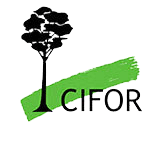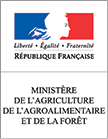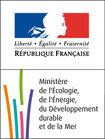
“Our posturings, our imagined self-importance, the delusion that we have some privileged position in the Universe, are challenged by this point of pale light. Our planet is a lonely speck in the great enveloping cosmic dark. In our obscurity, in all this vastness, there is no hint that help will come from elsewhere to save us from ourselves. It is up to us. It’s been said that astronomy is a humbling, and, I might add, a character-building experience. To my mind, there is perhaps no better demonstration of the folly of human conceits than this distant image of our tiny world. To me, it underscores our responsibility to deal more kindly and compassionately with one another and to preserve and cherish that pale blue dot, the only home we’ve ever known.” (Carl Sagan. Pale Blue Dot).
For me, this quote synthesizes the arrogance of the human being. Why do we degrade the natural resources of our planet if we depend on them to survive? I wanted to find answers to that question and while searching for tools that could help me, I discovered the field of Landscape Ecology and the concept of Ecosystem Services.
Land use changes and natural habitat fragmentation are major drivers of biodiversity loss and degradation of natural resources. If habitat fragmentation can drastically impact ecological functions and processes and many of those functions can be translated into Ecosystem Services, then we can apply Landscape Ecology metrics and find trade-offs, synergies and thresholds among different land uses and the provision of Services that are fundamental to our quality of life.
For example, Agricultural activities depend deeply on pollination, soils and water resources. At the same time, in Brazil, Agribusiness is often appointed as one of the worst enemies of Conservation. How is that even possible?
Maybe we can show that more diversity of pollinators can increase food production. For that, we need Forests near crop fields. Those Forests might increase the amount and the quality of the water available, and can reduce the erosion that ruin our soils. At the same time, those Forests will be stocking Carbon and contributing to Climate regulation.
If we can generate that kind of knowledge and translate it to landowners in terms of economic gain in the long term, we will be closer to design more functional and sustainable landscapes. This is a major challenge for Researchers today and I hope I can contribute to generating strong and reliable data to support policy making towards a society that stops considering Nature depletion as an externality in the productive chain.
Francisco Carvalho is one of the 10 young champions who will work on the “ Measuring success ” Landscape challenge with Youth program’s partner: UNEP-DHI.
Learn more about the Global Landscapes Forum’s Youth program, meet our 50 youth champions and discover the 5 Landscapes challenges they will take up, in December, in Paris.





































